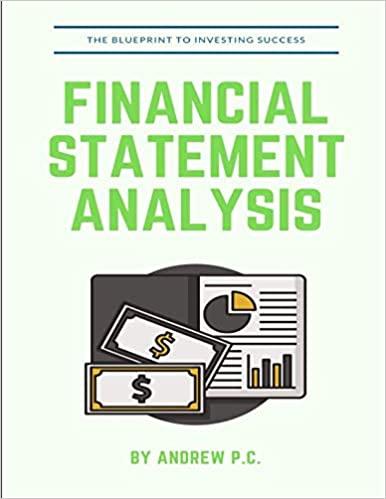5. Cost of new common stock represent the fees that firms pay to investment bankers to help them issue new common stock True or False: The following statement accurately describes how firms make decisions related to issuing new common stock. If a firm needs additional capital from equity sources once the retained earnings breakpoint is reached, it will have to raise the capital by issuing new common stock False: Firms raise capital from retained earnings only when they cannot issue new common stock due to market conditions outside of their control. True: Firms will raise all the equity they can from retained earnings before issuing new common stock, because capital from retained earnings is cheaper than capital raised from issuing new common stock. Cold Goose Metal Works Inc. is considering a one-year project that requires an initial Investment of $600,000; however, in raising this capital, Cold Goose will incur an additional flotation cost of 4%. At the end of the year, the project is expected to produce a cash inflow of $900,000. The rate of return that cold Goose expects to earn on the project after its flotation costs are taken into account is Cold Goose has a current stock price of $33.35 and is expected to pay a dividend of $1.36 at the end of next year. The company's growth rate is expected to remain constant at 8%. If the issue's flotation costs are expected to equal 4% of the funds raised, the flotation-cost-adjusted cost of the firm's new common stock is Cold Goose's addition to earnings for this year is expected to be $857,000. Its target capital structure consists of 40% debt, 5% preferred stock, and 55% common stock. Cold Goose Metal Works Inc.'s retained earnings breakpoint is (rounded to the nearest whole dollar). 6. The basic WACC equation The calculation of a weighted average cost of capital (WACC) involves calculating the weighted average of the required rates of return on debt and equity, where the weights equal the percentage of each type of financing in the firm's overall capital structure. is the symbol that represents the cost of raising capital through retained earnings in the weighted average cost of capital (WACC) equation. Sean Co. has $1.39 million of debt, $1.36 million of preferred stock, and $3.55 million of common equity. The appropriate weight of the firm's debt in the calculation of the company's weighted average cost of capital is








